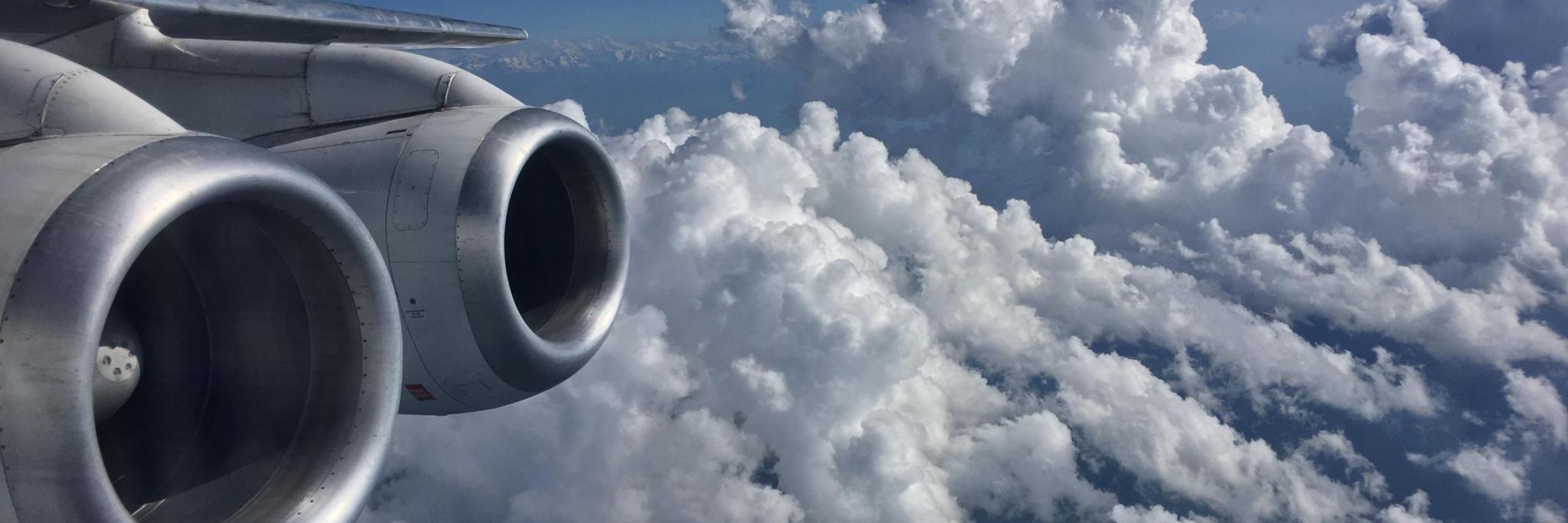The Up Front
@theupfront.media
450 followers
43 following
250 posts
In-depth, independent aviation journalism for the digital age — up front with what we write, how we write it, and the way we operate.
Read and subscribe for more: https://theupfront.media
Posts
Media
Videos
Starter Packs
Reposted by The Up Front
Reposted by The Up Front

!["is this a pigeon" meme, but it's a pushback tug instead of a butterfly, and it says "is this a [catering truck?]"](https://cdn.bsky.app/img/feed_thumbnail/plain/did:plc:6neozl3pgi7pn2byzjvggpas/bafkreicumrivlg3tubrerlbwjnj5db26xvnt3yml4gtic44ptfdb7ffbaq@jpeg)






![Screenshot: Today, even in pure city terms (rather than the more accurate metropolitan area ranking) Berlin and Hamburg are larger than Munich. Cologne is next, then Frankfurt. That doesn’t even take into account the size and importance of the Rhine-Ruhr metropolitan region, which includes Cologne, Düsseldorf, Bonn and a dozen or so other sizeable cities adding up to around 11 million people. That’s nearly twice the population of the Frankfurt/Rhine-Main region.
[An overhead view from an airplane of Frankfurt, with the main railway station and small skyscraper district in the centre. Caption: While Frankfurt's airport is the Lufthansa Group's main hub, its actual metropolitan catchment area is small relative to other European hubs, or indeed German metro areas. Image: John Walton]
Lufthansa-the-airline used to operate some point-to-point flights from some other cities, but it closed its last non-FRA/MUC longhaul base at Düsseldorf over a decade ago. It also no longer operates Lufthansa flights from non-FRA/MUC bases on a regular basis.
What that’s meant for the vast majority of Germans (47 million out of the 58 million people who live in a German metropolitan area, of a total population of 80 million) is that their airport does not have nonstops to anywhere that isn’t Frankfurt or Munich on Lufthansa.
Lufthansa doesn’t get the nonstop boost to being an airline of choice that having a home hub in a largest/capital city would bring it, because prospective passengers have to connect in Munich or Frankfurt.](https://cdn.bsky.app/img/feed_thumbnail/plain/did:plc:6neozl3pgi7pn2byzjvggpas/bafkreicxe2ihfn7w4zzhwqne2gakblnhvak2msflcnluva6kfqoa772cna@jpeg)
